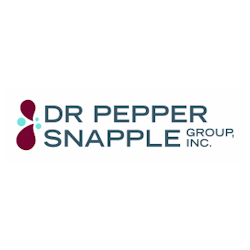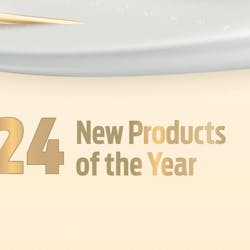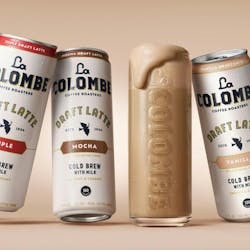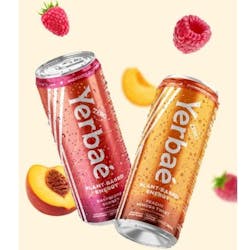Dr Pepper Snapple Group, Inc. reported second quarter 2012 earnings per share (EPS) of $0.83 compared to $0.77 in the prior year period. Excluding unrealized commodity mark-to-market losses in both years and certain items affecting comparability in the current year, Core EPS were $0.85 compared to $0.78 in the prior year period. Year-to-date, the company reported earnings of $1.31 per diluted share compared to $1.27 per share in the prior year period. Excluding certain items affecting comparability in the current year and unrealized commodity mark-to-market losses in both years, Core EPS were $1.31 compared to $1.28 in the prior year period.
For the quarter, reported net sales increased 2 percent reflecting 4 percentage points of price/mix and lower discounts, partially offset by lower volumes and a 2 percent foreign currency impact. Reported segment operating profit (SOP) increased 2 percent, or $7 million, as the contributions from net sales growth and productivity improvements were partially offset by higher packaging and ingredient costs, certain increases in labor and benefits, a $9 million increase in marketing investments and an $8 million pre-separation-related non-cash charge recorded in the current period. Reported income from operations for the quarter was $300 million compared to $290 million in the prior year period, including $7 million of unrealized mark-to-market losses in both years.
Year-to-date, reported net sales increased 2 percent and reported income from operations was $492 million, flat to the prior year period.
DPS President and CEO Larry Young said in a prepared statement, “As we wrap up the first half of the year, I am pleased with the continued performance of our well-loved brands and the passion of our people as they continue to execute against our strategy and embrace Rapid Continuous Improvement as a way of doing business. We once again outperformed the category in CSDs, growing both volume and dollar share, and made progress against our goals of increasing distribution and availability, with solid gains across both grocery and convenience in CSDs and tea. And we continued to invest in our brands to ensure we are always providing value to our customers and our consumers.”
For the quarter, BCS volume declined 1 percent with carbonated soft drinks (CSDs) flat and non-carbonated beverages (NCBs) declining 6 percent.
In CSDs, Dr Pepper volume increased 1 percent driven primarily by Dr Pepper TEN and continued growth in fountain foodservice. Our Core 5 brands grew 1 percent driven primarily by mid-single digit increases in Canada Dry and A&W that were partially offset by a double digit decrease in Sun Drop and a low-single digit decline in 7UP. All other CSD brands declined 2 percent driven primarily by a high-single digit decrease in Crush. Fountain foodservice volume grew 3 percent, cycling 4 percent volume growth in the prior year period.
In NCBs, Hawaiian Punch volume declined 20 percent and Mott’s volume declined 2 percent due to cycling price increases that were taken in mid-year 2011. These declines were partially offset by an 8 percent increase in Clamato and a 1 percent increase in Snapple, which was cycling 8 percent growth in the prior year period.
By geography, U.S. and Canada volume declined 1 percent and Mexico and the Caribbean volume declined 2 percent.
For the quarter, sales volume decreased 1 percent. Branded volume declined 2 percent, while contract manufacturing volume increased.
Net beverage concentrate sales for the quarter increased 3 percent as concentrate price increases taken earlier in the year, lower discounts and favorable mix were partially offset by a 2 percent volume decline. SOP decreased 1 percent principally due to increased marketing investments of $8 million and higher ingredient costs.
Net packaged beverage sales for the quarter were up 4 percent, reflecting favorable mix and higher pricing including lower discounts, partially offset by a decrease in branded sales volumes. SOP increased 9 percent as the benefits of higher sales and productivity improvements were partially offset by cost inflation in packaging and ingredients and labor and benefits. SOP was further reduced by an $8 million depreciation adjustment associated with the reassessment of a capital lease executed prior to separation.






